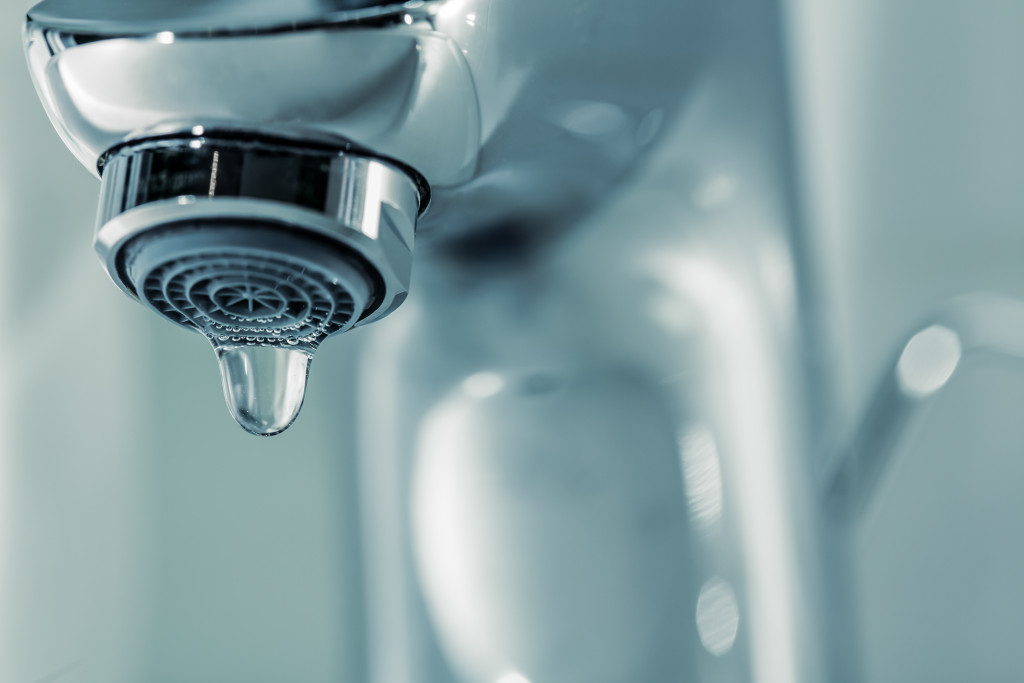Although the demand for housing and rent is high in the UK, competition is also fierce. At the end of the day, potential tenants would avoid problematic properties. They know that the cost of maintaining their space will be costlier than finding a slightly more expensive but well-conditioned house.
And of the many problems a property could have, one of the most common ones is unsteady water pressure. Today, this is much easier to resolve. One can already invest in technologies like unvented cylinder installation, which doesn’t depend on a limited water tank usually located atop the property.
A property owner can connect this directly to the cold-water mains, so the pressure remains reliable, while tenants can continue to enjoy heated water anytime.
However, it’s just as important to understand why this remaining a pressing problem in many homes. What causes changes in water pressure?
1. Tree Roots in the Line
Tree roots are stronger than most home materials, including metal and PVC pipes, which can crack if they come into contact with their harder structure. Roots from trees near the house work their way into cracks and other openings in the line where they’ll begin to latch on, slowly expanding over time.
This causes damage that can lead to leaks and breaks in piping while also robbing the house of water pressure. If you think this might be an issue for your home, then you should contact a professional plumber who can inspect your lines for root intrusion and help remove them if possible.
2. Construction Around the Property
Excavation or construction work done near your home can affect how well it’s able to handle water pressure from multiple sources. These can include valves, pumps, and natural spring feeds.
In some cases, there isn’t anything anyone can do besides waiting until everything is finished with their project before restoring the system’s normal operation. There are also times when an adjustment to the system is required to restore normal pressure.
3. Age of the Home

Older homes were built at a time before water conservation was on the minds of engineers or designers. The older your house, the higher chance you have of low water pressure due to its original design and materials used in construction. This is especially true if they have galvanized pipes, which can corrode.
This is one of those issues that cannot be fixed if it’s been there from day one, but there are often new valves available from hardware stores that will help regulate flow rates and pressures. This way, you have more control over how much force gets through your pipes while still delivering enough for current needs.
4. Low Slope of Pipe
Your system has a slope to it that allows some parts to be under less pressure than others. There are several causes for this. One potential cause is the soil type where your water lines have been buried and its changes over time.
Areas with a lot of clay in the soil can be more prone to low pressure due to compaction, while low spots farther down the line become weak points where too little force exists. The slope or grade your system needs is related to how much water you will use daily.
5. Main Valve Malfunction
If your home has an individual main shut-off valve that only handles water going into the home, this is a good candidate for the issue as it regulates how much water can enter from your source.
Some shut-off valves can be adjusted to regulate flow into the house. But these need to be handled by a professional plumber and should not be attempted if you don’t completely understand what you’re doing.
6. Pump Malfunction
If your household uses a pump or other pressure system to generate pressure within the household piping, then problems with the pump(s) will likely cause low water pressures across the board.
The only way to fix this would involve having a plumber inspect and repair or replace any malfunctioning components in your systems, such as broken impellers, clogged strainers, and corrosion on components that can restrict water flow.
Problems with the pump will cause not only low pressure but also high pressures in some cases if compensatory measures aren’t put into place to balance things out. Keep in mind that pumps are vital parts of your home and should not be attempted to fix without proper training and education on how they work.
The best strategies for dealing with low water pressure are the same across all issues: (1) contact a local plumber to come by and inspect your system for any obvious problems or abnormalities and (2) pay attention to better technologies.

